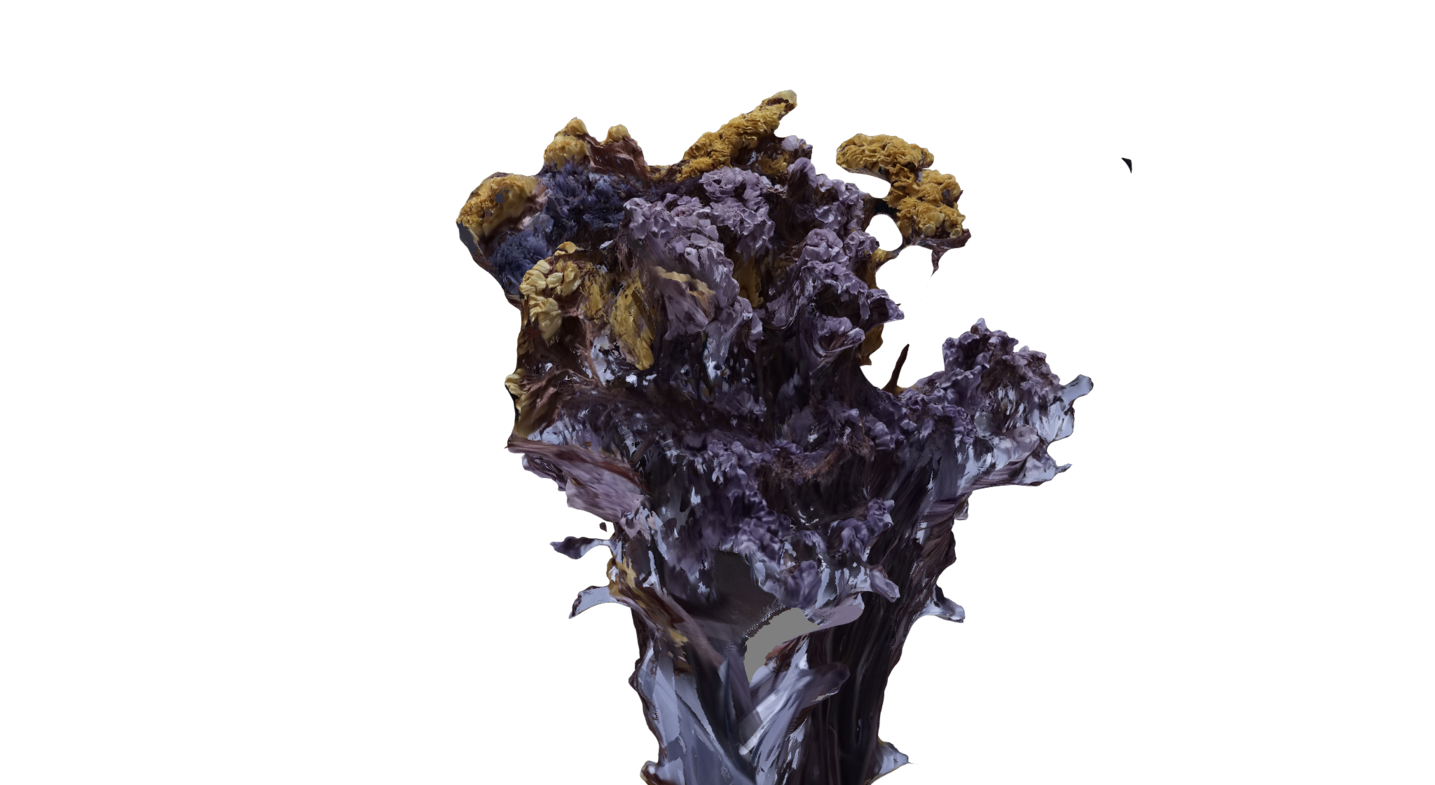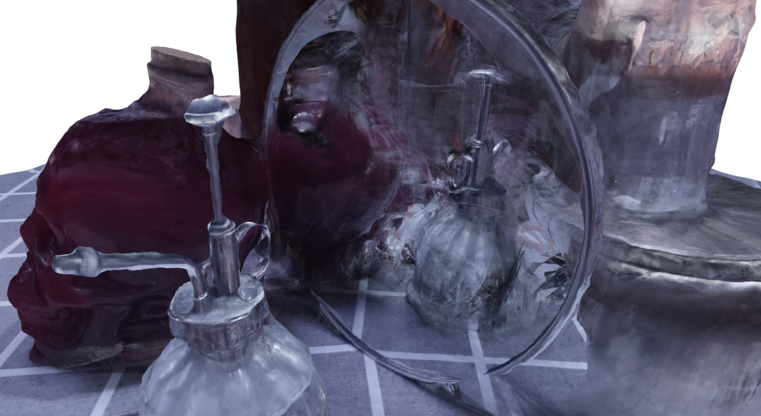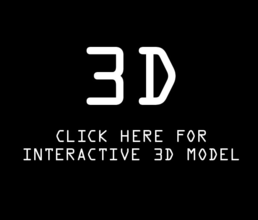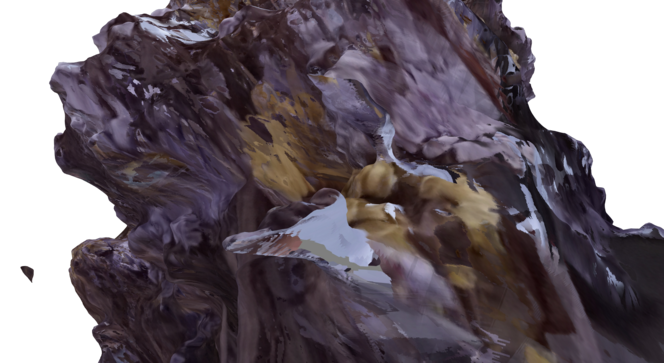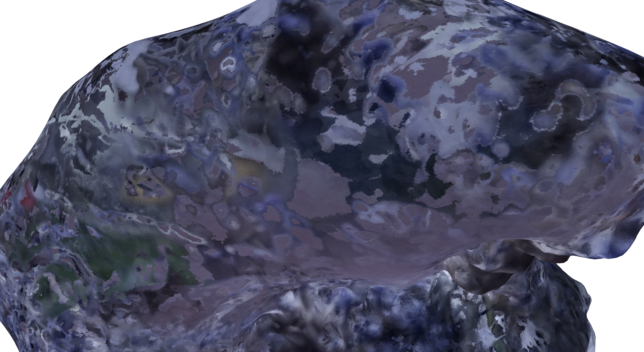12th March
The soft magnolia sunlight that beamed into the residency studio cast a diagonal glow across
the floor and adjacent wall. As the light hit the floor-length mirror,
it projected a peach hue throughout the far side of the room.
A glass of water, perched up against the mirror,
refracted colours tangentially onto the floor beside it,
an effect paralleled in the mirror as the colours
conjoined at point of reflection.
The light shifted and faded as I moved around
the glass taking images.
Beams of light dimed and altered
as the environment outside changed;
clouds passed by and leaves dappled the sun.
Light flared into the lens of the camera
from the mirror as I ducked to capture the rear of the glass.
I moved around incrementally.
The water in the glass warped
the objects behind it differently each time I moved.
Itself a lens, the glass refracted the surroundings
and confusing the spatial structure.
I unavoidably blocked the light
as I encroached on the far side,
capturing images from above the glass.
The captures become a time-based media,
warped by the changing of states,
altered by the photographer and camera.
Models display the glitches, warped textures, holes, and blank spots of an algorithm confused by shifting optics. The transparent object is completely ignored: the glass has disappeared, aside from its base. The refraction of the light has caused a warped entity to appear — a strange, grey pixelated form at the back. The reflection of the mirror becomes not a reflection, but a window to another world. From this world, we see a confused set of objects, what should be the glass’ reflection becomes blank and twisted. The repetitive carpet design merges with the mirror at the point of reflection. The algorithm approximates and blends the reflected carpet with other objects, enveloping them into other areas. Holes are blown into the skirting and floating sections appear in the background, made up of composites of boxes and wall. The surface of the water appears undulating, moving as if rising up within the invisible glass. Its surface is frosted with pixels, bizarrely opaque. An impression of the surroundings is smeared across the glass, stretched and pixelated. The surface of the floor stretches out into a funnel, arching away from the furthest point of reflection from the camera. The floor is punctuated with inconsistent bumps and lumps. Objects caught in the reflection float, disconnected from the central isle. Further from the centre, they become less clear, blurred, fuzzy, and indistinct.
Vanitas series
Vanitas ephemera, 2020.
The development of the experiments above has led to a series of vanitas works exploring ephemerality through still life. The chosen objects test photogrammetry and
how it perceived ephemera or visibility.
The objects are also vanitas symbols
including references to death
and the ephemerality
of life and wealth.
The works, therefore,
include a glass skull,
dried flowers,
and gold.
Reflective,
transparent, refractive,
complex and symmetrical objects
create confusion for
the imaging algorithm.
Whereas symbols of life
and death are symbols of human
existence in traditional vanitas works, the difficult-to-visualise objects are contemporary symbols of ephemerality for automated imaging technologies. Their existence becomes liminal and causes difficulties for the technology.
The vanitas has all of the conditions for causing photogrammetric issues. It has transparent objects, reflective surfaces, light emission, and confusingly complex and repetitive patterns. In the images shown you can see glitches caused by the reflective nature of a circular mirror and several transparent, glass objects. The flame of the lit candle becomes part of an adjacent object, confusing the algorithm about the position of objects.
Dried flowers represent preservation, loss, or death — deeply symbolic for vanitas. They are also complex three-dimensional structures that are confusing for photogrammetry. The depth of the overlapping, thin petals is difficult to gauge from images.
Colours are smudges, while forms are smooth and homogenised. The detailed delicacy of the flowers’ structure is not captured in parts but is instead replaced by an averaged mass with texture superimposed. The texture is freckled. Spots of blank areas are dotted with purples and yellows from the petals
